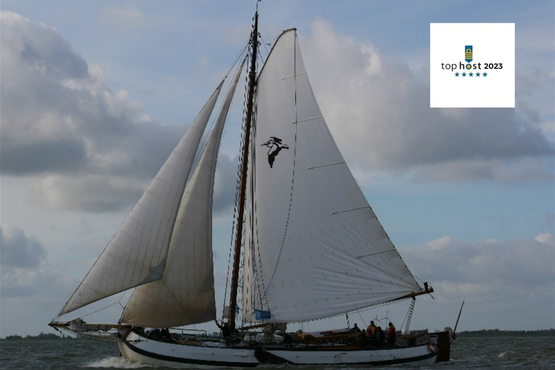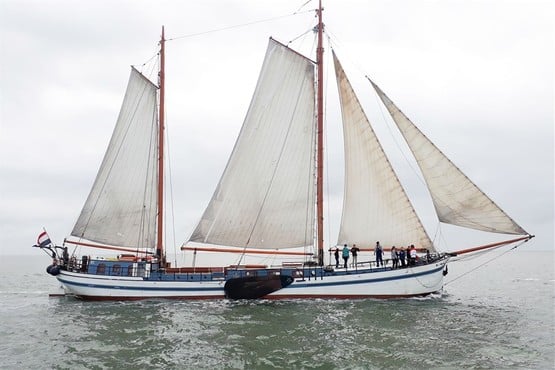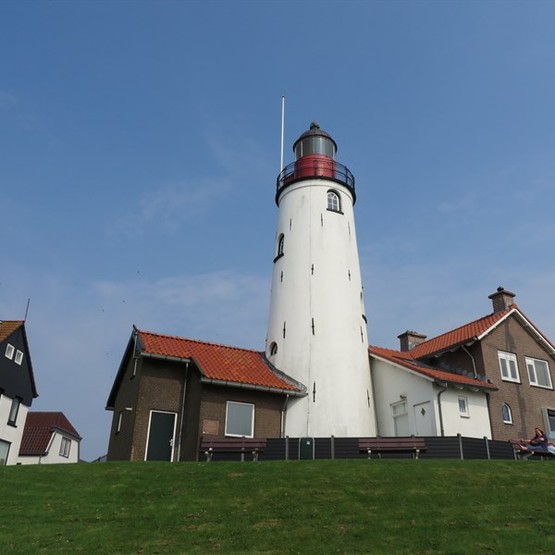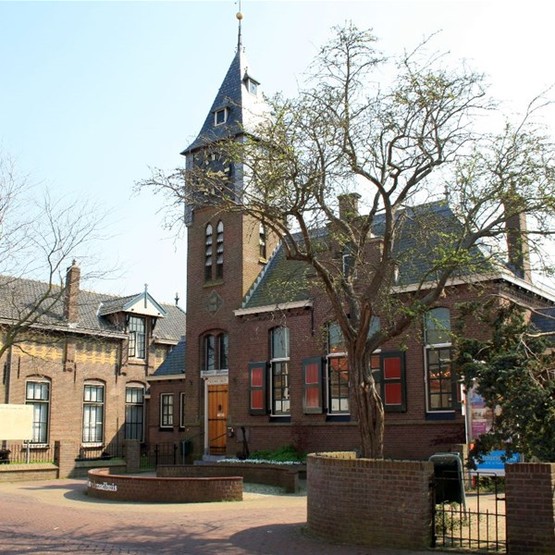
About
The Ommelebommelestien is a huge boulder that moved to the Netherlands back in the Ice age from Scandinavia. It is surrounded by an old folktale of where the childen of Urk come from.
Popular ships from Urk
View allSights in Urk
View allOmmelebommelestien
The children from the Netherlands weren't made in a cabbage field, of as the old tale goes. According to the folktale, Urk children were not brought by storks, but instead had to be taken from the Ommelebommelestien, a big rock in the ocean. The expectant father rowed with the midwife to the stone and, against payment, received his child(ren). A boy cost twice as much as a girl.
Tale of the Ommelebommelestien
The expectant father had to row with the midwife in his rowboat to the Ommelebommelestien. Once he arrived, he could receive his child there, against payment. In the version of poet Maria van Appien the stork is also written. The stork picked up the children and brought them to the Ommelebommelestien. The locked the door on the backside of the rock and brought the key back to Schokland, a neighbouring town. The expectant father, together with the midwife, first had to row to Schokland and ask a very unkind man for the key to row back to Urk and to the rock. Once they reached the stone, they had to find the door and leave the money. This version also tells that the expectant mother was confined to her bed with a nail in her right foot so that she took her well-deserved rest.
About the Ommelebommelestien
This huge boulder lies about 70 meters (229 feet) off the coast and had drifted to Urk via Scandinavia during the Ice Age. The stone is so big that it rises above water level and can be seen from the shore. The artwork that was made ashore, depicts the tale and was made by the artist Piet Brouwer. The afther, dressed in Urk’s costume, rowed to the Ommelebommelestien. With him in the boat, is the midwife who is carrying a basket of warm clothes. On the plaque is the poem that was written for this folktale.




